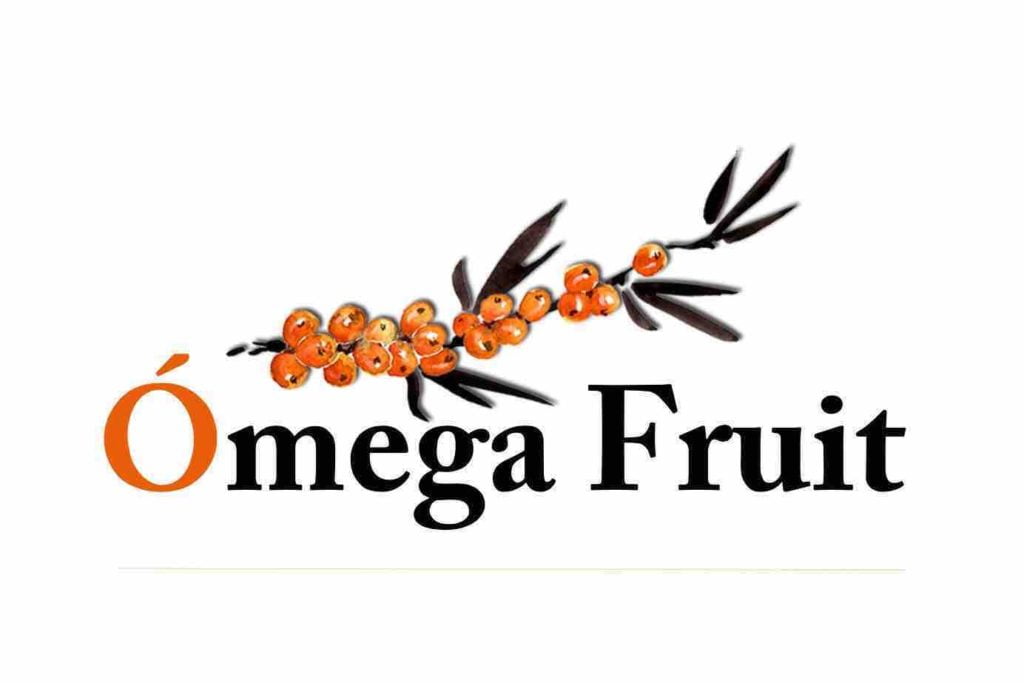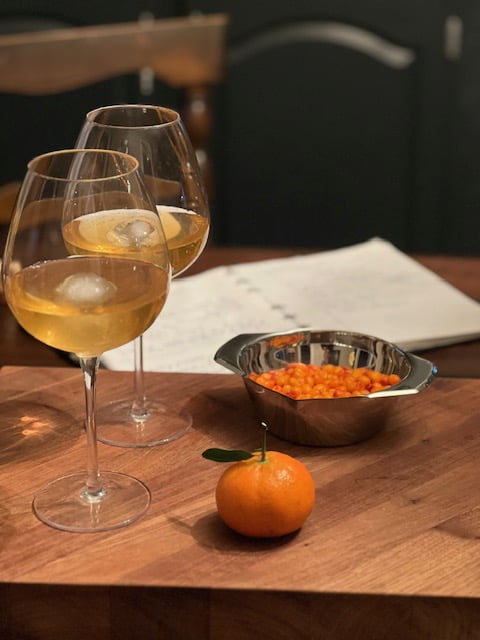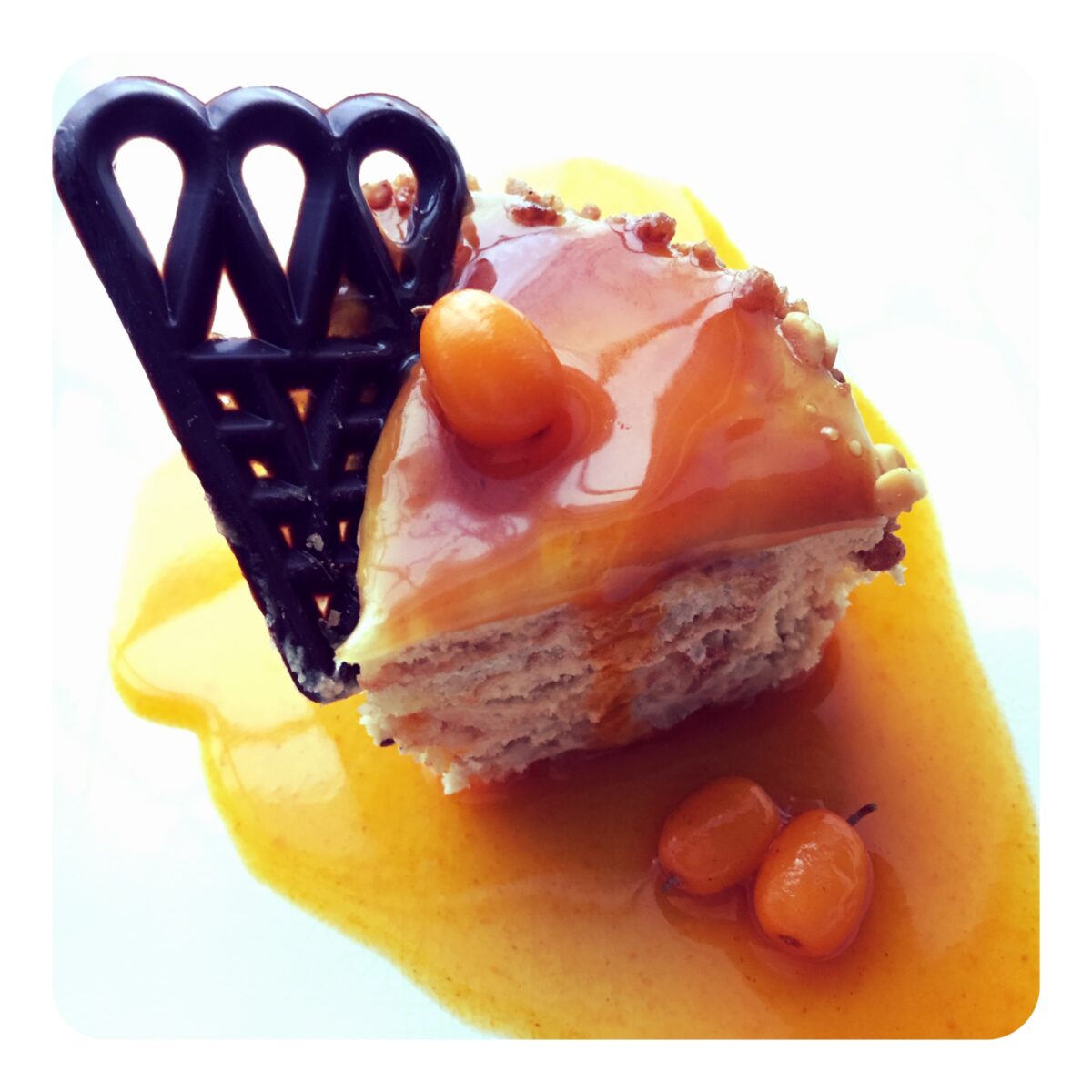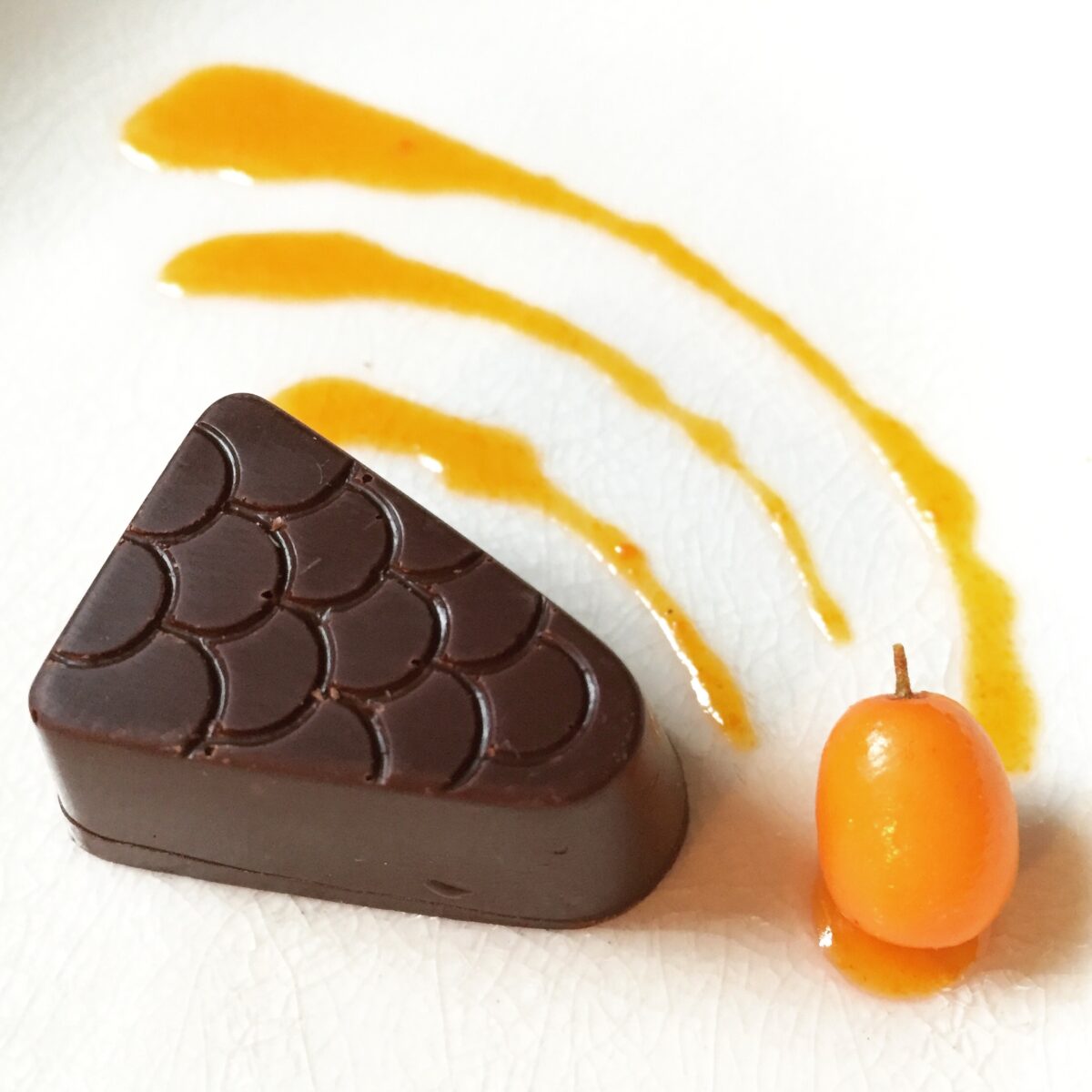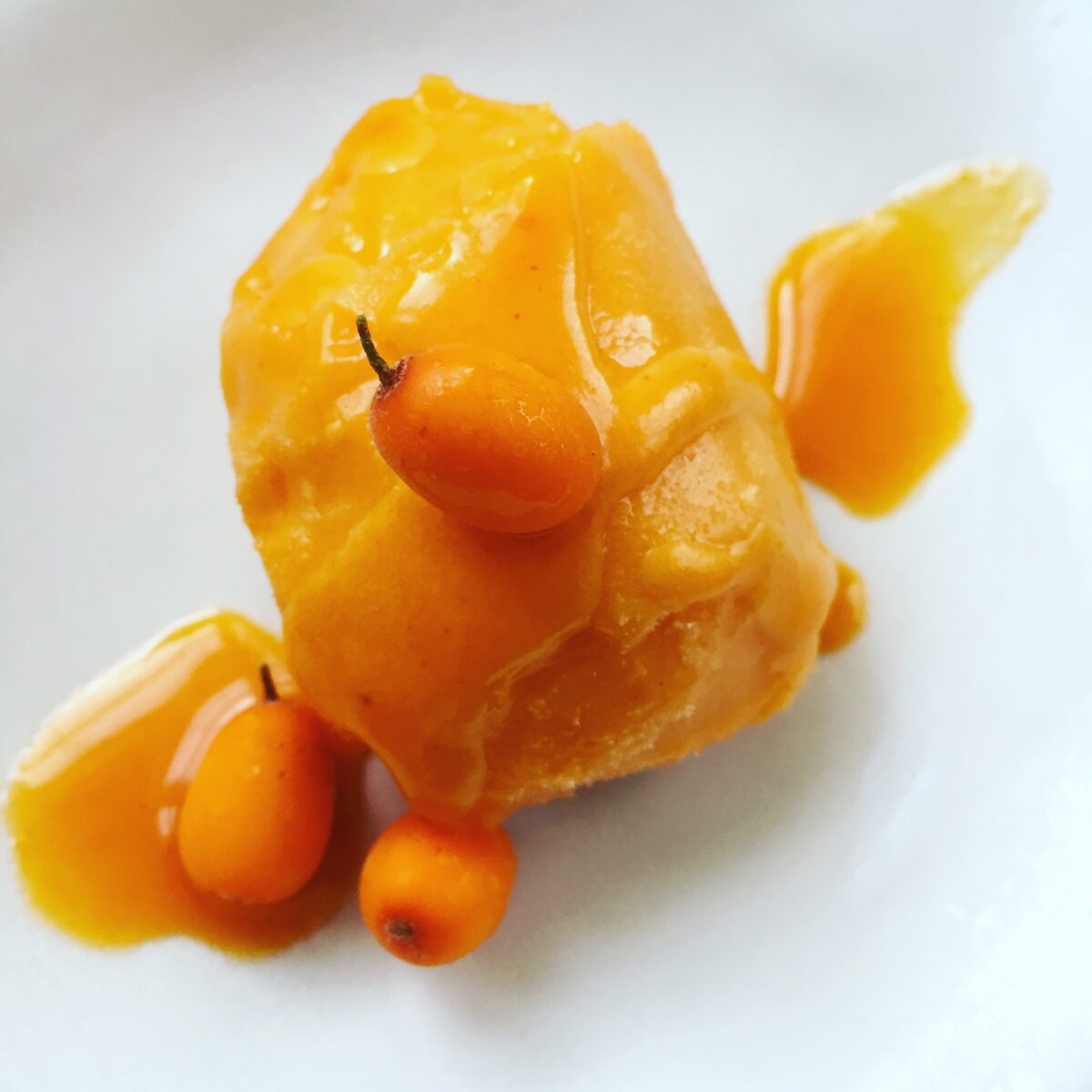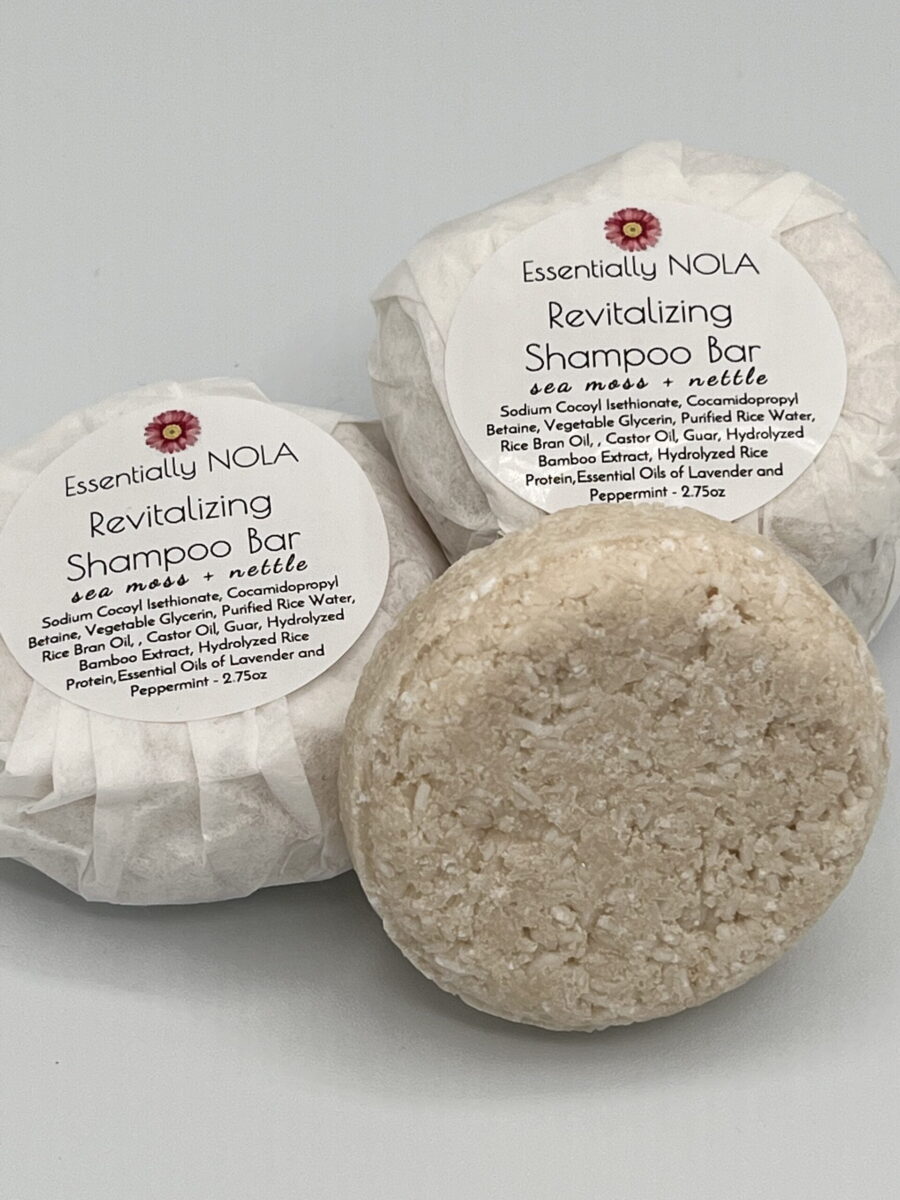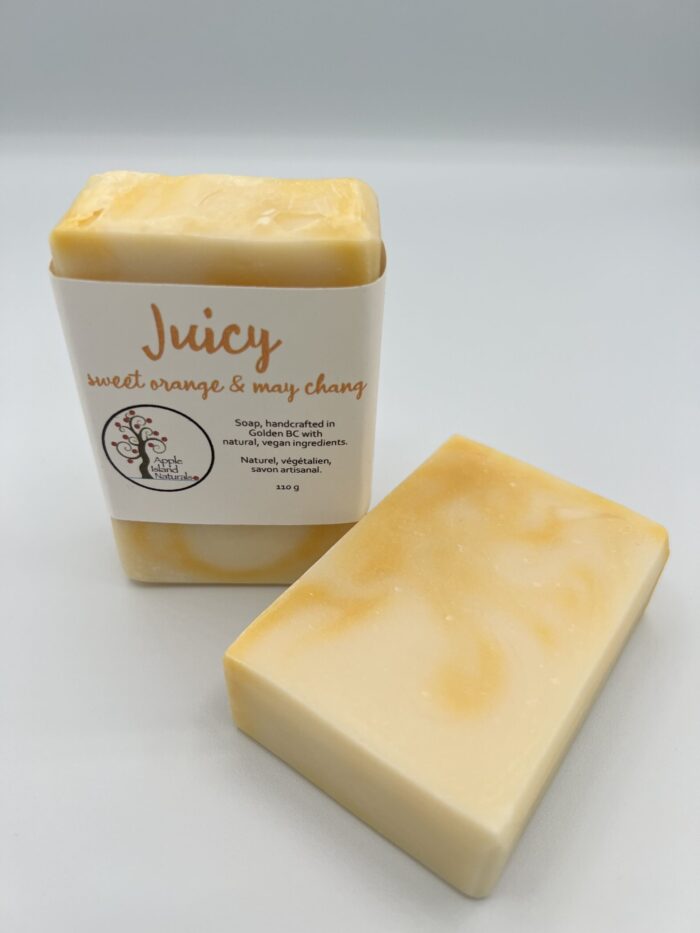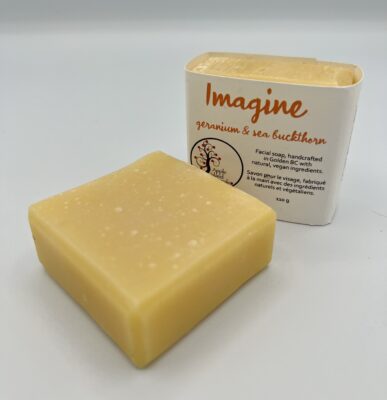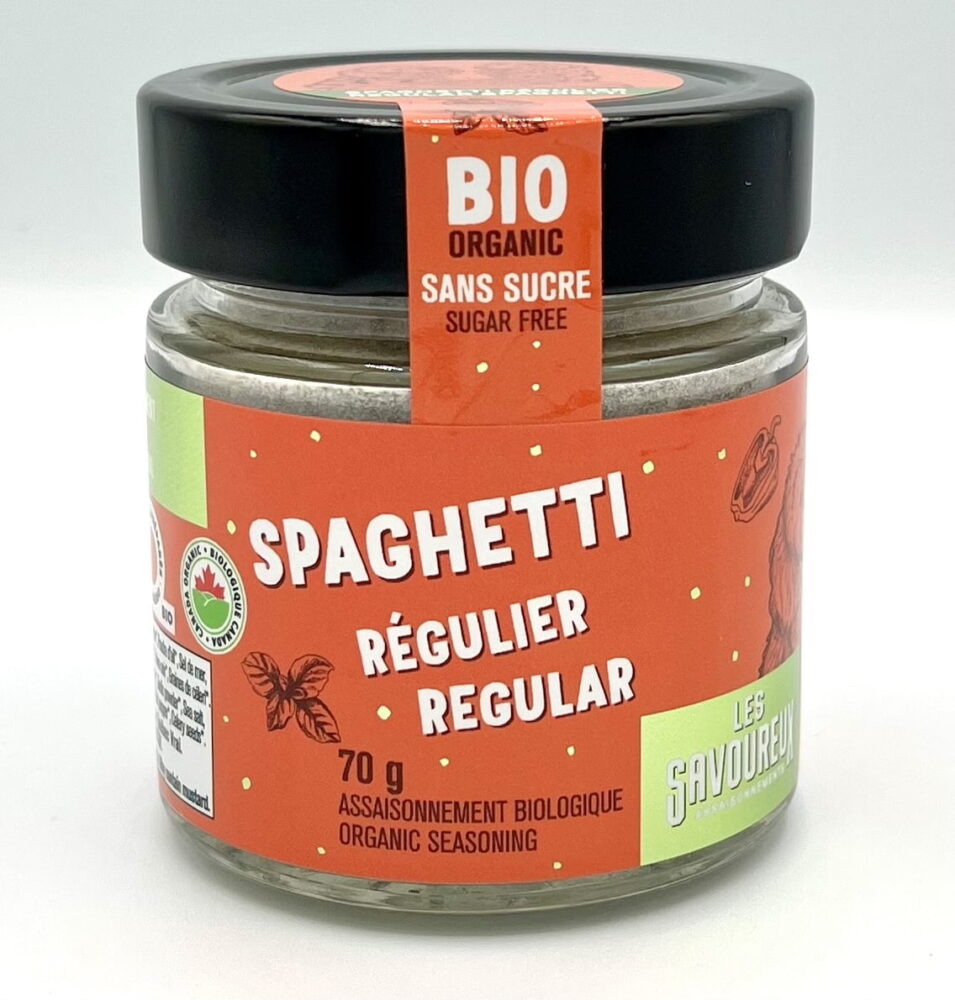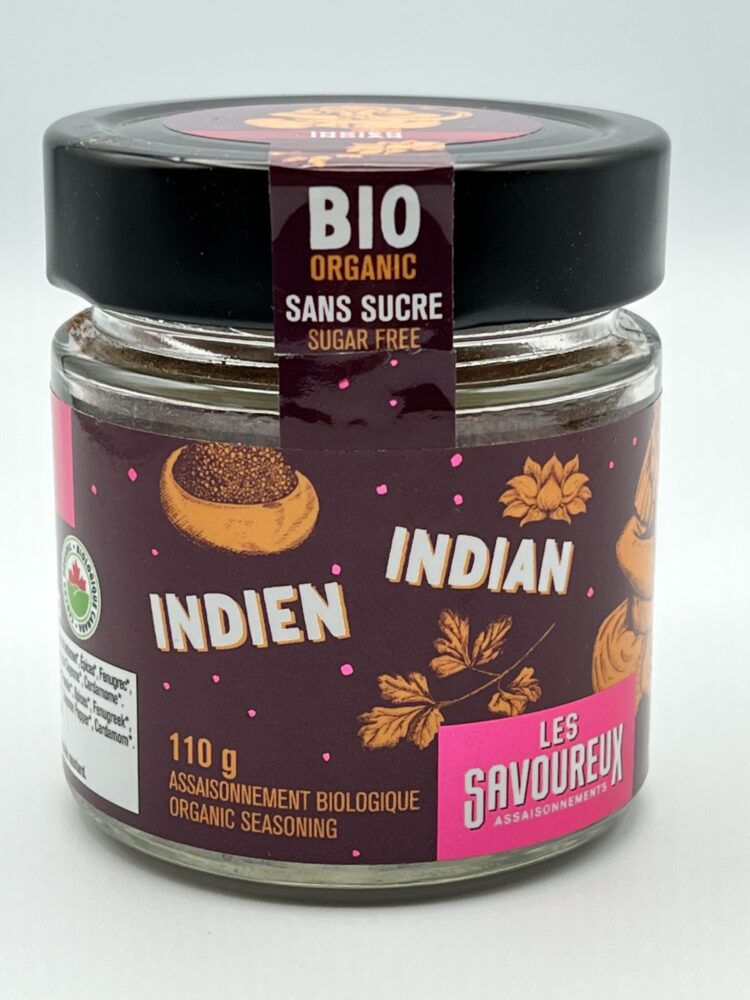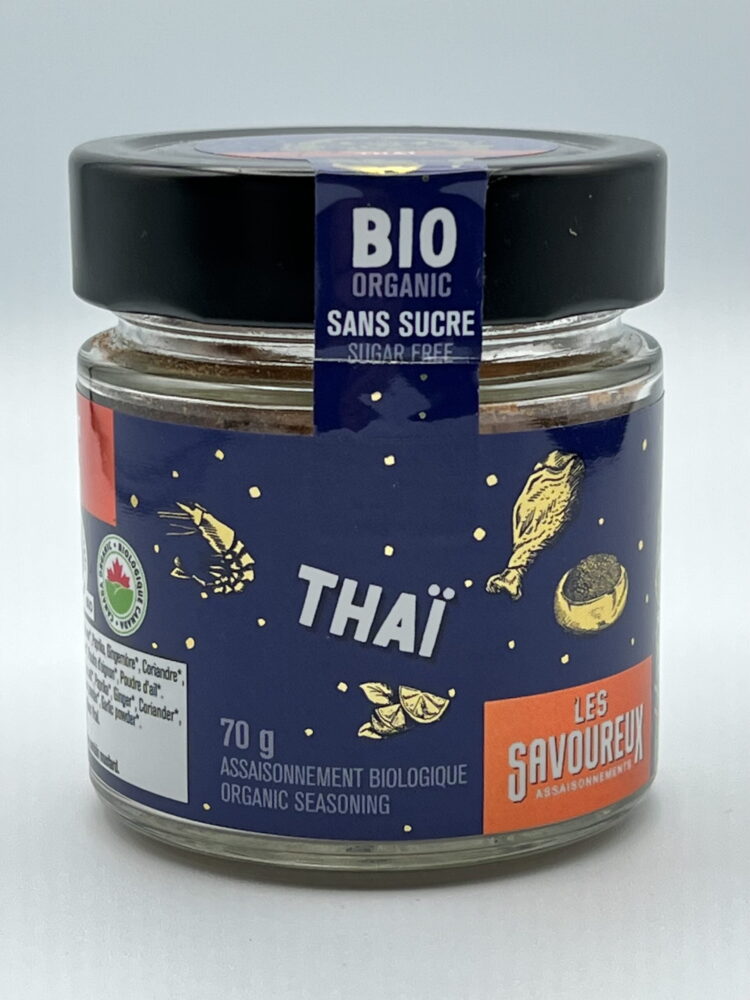Sea buckthorn Berry Cider Recipe
My readers often request that I share more about my experiments with fermenting sea buckthorn. If you peruse my blog a little, you will quickly learn that exploring the world of fermentation has been a long-time passion of mine, and finding new and inventive ways to incorporate sea buckthorn into homemade concoctions is particularly exciting for me.
As sea buckthorn is already well known for producing a tasty cider, it is befitting that my first try at making cider is a sea buckthorn interpretation.
This sea buckthorn cider recipe satisfies my love for experimentation and offers a delightful way to experience artisanal fermentation. As a first attempt, I must say. The resulting ciders turned out quite lovely.
Foraging for wild local apples adds a unique regional flair to this cider. However, whether scavenging in the wild or browsing your local orchard, a mix of sweet to mildly bitter apples is excellent. Recommended commercial apples are Macintosh and Honey Crisp. After carefully selecting and processing the apples, the juice gets gently simmered with the addition of our star ingredient: sea buckthorn berries.
If you are a first-timer or need supplies for your brewing company, you can find everything online at the wholesale website Brew Culture or Canadian Home Brew Supplies for home brewing supplies.
How many apples do I need to make 20 L of juice for cider?
Calculating the required amount of apples to yield 20 litres of juice is crucial, ensuring optimal results for both versions of this recipe.
The best is to convert the weight of your apples to kilograms and the volume of juice to litres, then you get a % yield for your press, litres/kg. The minimum considered satisfactory yield for a home press is 50%, and the maximum you will get is 75%. For example, at 50% yield, you’ll need 40kg of apples to get 20L of juice.
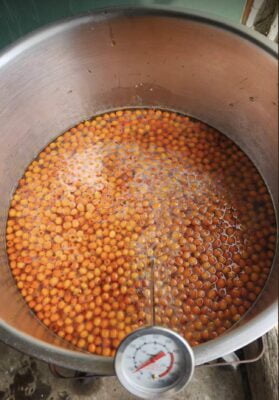 As this was my first cider-making experience, I decided to try two different methods to see if the final result would be better with or without honey.
As this was my first cider-making experience, I decided to try two different methods to see if the final result would be better with or without honey.
Once pressed, each method of this recipe requires 20 litres of juice. Bring to a light simmer up to 50 degrees Celsius. This is when you add the sea buckthorn berries.
- Method 1:
Add 0.75 kg of sea buckthorn berries to the apple juice and simmer until you reach 50 degrees Celsius.
Do not overheat your juice and berry mixture; you will hinder your naturally forming yeast from the fruit.
Or you could choose to make your cider using honey and sea buckthorn berry syrup.
- Method 2:
Make a simple syrup using 1.25 kg of sea buckthorn berries combined with 1/2 cup of honey and 1/2 cup of water and boil until it thickens to a simple syrup (1 hour constantly stirring ). Strain the berries, add the syrup to your apple juice and let it ferment.
- Both versions are left to ferment for a minimum of thirty days. If your alcohol level is not high enough, you can re-ferment by adding some winemaker yeast to your fermented juice.
After the first 30 days of fermentation, the cider undergoes its first filtration, where you remove all the pulp and fruits before testing; my recipes resulted in 8% alcohol across both ciders. Taste testers at this phase noted that the honey recipe was slightly more sweet than the control recipe. The colours were identical.
- This is when the fruits are filtered out
- Test alcohol level.
- Both ciders are left to decant and finish fermenting for another thirty to sixty days.
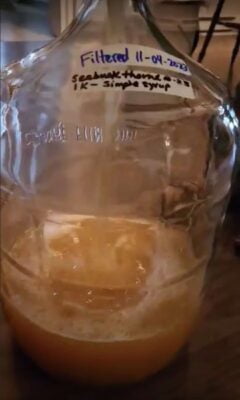
After a second 30-60 days of decanting, the cider undergoes its second filtration and testing; my recipes resulted in 10% alcohol across both sea buckthorn cider methods. If you want to clarify your cider because it is cloudy, you can let it sit for up to 3 months. You have removed all solids, and it has stopped fermenting, so the cider will clarify and be stable.
- If ready to bottle, add 8g of superfine sugar (corn sugar has no taste and leaves minimal sediment) per litre and blend it well to create carbonation or bubbles in the cider.
- This is also when bottling and labelling happen.
- Let the bottled cider rest for at least thirty days at a controlled 20-26 degrees to create carbonated cider; skip this step if you prefer still ciders.
You must impose upon yourself a final “patience” period between 30-60 days before the moment you are eagerly awaiting finally comes.
- Let the bottled cider rest awhile.
- Enjoy the fruits of your labour!
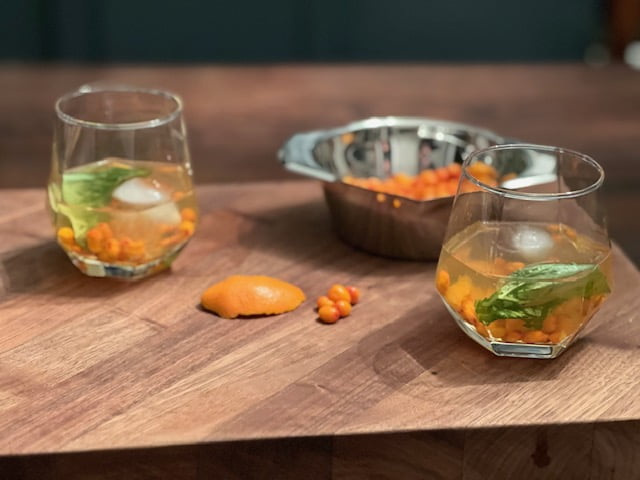
In all, I am pleased with the results of this simple sea buckthorn cider recipe. As I discovered, using sea buckthorn berries added a lovely, unique taste and a striking golden colour. To give you a comparison in terms of flavour, I would say it is most like a dry white wine with a subtle tartness. The honey recipe of this experiment gave a very subtle sweetness, thus rounding out the tartness of the non-honey method.
The final products showed slight flavour variations between the two methods. However, further comparables would be necessary to fully understand how increasing the amount of honey and sea buckthorn impacts the control version of this cider recipe. So, this means more experimenting and taste testing for me!
I invite you to use this recipe as a base for your experiments using sea buckthorn berries in cider making. And share your results in the comments below.
